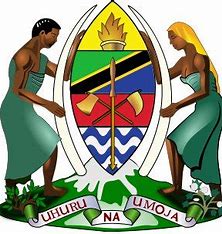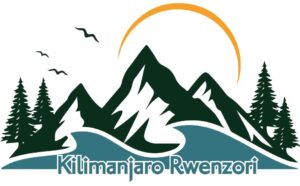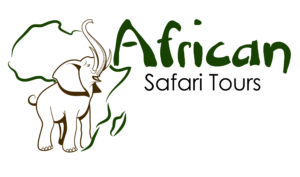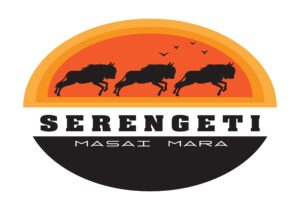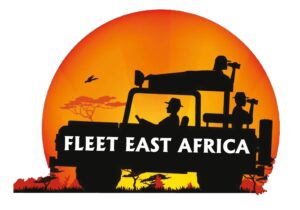Ngorongoro Conservation Area – Experience Wildlife and Culture in Tanzania
Ngorongoro Conservation Area - Safari in the Crater of Wonders
The Ngorongoro Conservation Area in northern Tanzania is an area where Ngorongoro National Park is situated. Additionally, Ngorongoro Conservation Area is located about 180 kilometers west of Arusha. Also, it is part of the famous northern safari circuit, which includes Serengeti National Park, Lake Manyara, and Tarangire np. The Ngorongoro Crater, the world’s largest dormant, intact volcanic caldera, is at the center of this Tanzania National park. Ngorongoro Crater in Tanzania stretches 19 kilometers wide and is over 600 meters deep with a diversity in the Ecosystem.
History and UNESCO Status of Ngorongoro in Tanzania
In 1959, the Ngorongoro Conservation Area was legally established to preserve the wildlife. Also, allow the semi-nomadic Maasai people to stay and graze their cattle in the area. In 1979, the Ngorongoro conservation area was designated a UNESCO World Heritage Site due to its outstanding combination of natural beauty and cultural heritage.
Location of Ngorongoro Conservation Area in Tanzania
Tucked away in the heart of northern Tanzania, the Ngorongoro Conservation Area is a breathtaking expanse of 8,292 square kilometers (3,202 square miles). So, that feels like stepping into a living postcard, just southeast of the Serengeti National Park. Also, about 180 km (112 miles) west of Arusha city, at roughly 3.17°S, 35.58°E. This area has the Ngorongoro Crater is known to the world’s largest inactive, intact, and unfilled volcanic caldera.
How to Get to Ngorongoro National Park
The Tanzania National Parks team is here to make your safari to the Ngorongoro Conservation Area as exciting as possible, regardless of your budget. It’s like opening the door to a world where nature and adventure meet in the most breathtaking way. Imagine this: a huge 8,292-square-kilometer paradise in northern Tanzania, only a short distance southeast of the Serengeti. Also, roughly 180 kilometers (112 miles) west of the bustling streets of Arusha in Tanzania.
So,it is ready for you to explore its famous Ngorongoro Crater and get a taste of the rich culture of the Maasai people. Getting to Ngorongoro Conservation Area is part of the fun, and we’ve got you covered with options that suit your vibe. Whether you’re dreaming of a quick flight or a scenic road trip.
Getting to Ngorongoro in Tanzania by air
Fly into Kilimanjaro International Airport (JRO) or Arusha Airport (ARK). Then catch a short, breathtaking flight to Lake Manyara Airstrip or Seronera Airstrip. So, this is followed by a 1-2 hour drive that lets you soak in Tanzania’s stunning landscapes.
How to get to Ngorongoro Coservation Area by road
Wondering how to get to Tanzania for a Safari in Ngorongoro? Hop in one of our comfy 4x4s in Tanzania for a 3-4 hour drive from Arusha. Next, cruise through the Maasai local villages and open savannas that set the stage for your Ngorongoro Crater safari.
Even better, our bespoke affordable luxury Ngorongoro Crater safari packages take care of everything. That is transport, Ngorongoro park fees, top-notch guides, and stays from cozy camps to luxury lodges in Tanzania. So, you can focus on spotting the Tanzania Big Five or marveling at the Great Migration in Africa.With Tanzania National Parks Safari Co, getting to this UNESCO gem isn’t just travel, it’s the start of a tailor-made safari. Hence a safari in Tanzania fits your dreams and wallet perfectly.
Map of Ngorongoro Conservation Area
Climate of Ngorongoro Conservation Area
Ngorongoro National Park enjoys a mild and temperate highland climate due to its elevation. Here are the two main seasons that is the wet and dry season as experienced in Ngorongoro Conservation Area.
The Wet Season
Long rains in the wet seasons run from March to May (heaviest rainfall, particularly in April) and Short rains run from November to early December in Ngorongoro. Additionally, this is the worst time to visit Tanzania’s Ngorongoro Conservation Area. Since the paths tend to be muddy and hard to trail through during a Tanzania safari holiday in this destination.
The Dry Season
The dry season to be the best time of the year to visit Ngorogoro National park in Tanzania. In addition, its because animals tend to gather around the waters near the Ngorongoro Crater. So, this dry season runs from the months of (June to October) very popular time for wildlife viewing.
Worst and Best Time to Visit Ngorongoro National Park
Ngorongoro Conservation Area is a year-round destination, but the best time to visit depends on your interests.
What is the best time to go on a Ngorongoro Crater Safari
The dry season, from June to October, is the best time to visit Ngorongoro np for wildlife viewing as animals are easier to spot. Also, there is thinner vegetation so clear animals sightings in this park. During this time, the weather is also cooler and roads in this Ngorongoro Conservation Area are more accessible. Months from January to February are a good time as it’s a short dry season with pleasant weather and excellent wildlife spotting.
Worst time to visit Ngorongoro Conservation Area in Tanzania
The rainy season, from March to May, offers lush green landscapes and fewer tourists. Hence, its the worst time to visit Ngorongoro National Park for wildlife viewing. It is also the best time to visit Ngorongoro National Park for birdwatching in Tanzania. Also, Tanzania wildebeests’ calving season is in January and February, which offers a chance to see baby animals and predators in action.
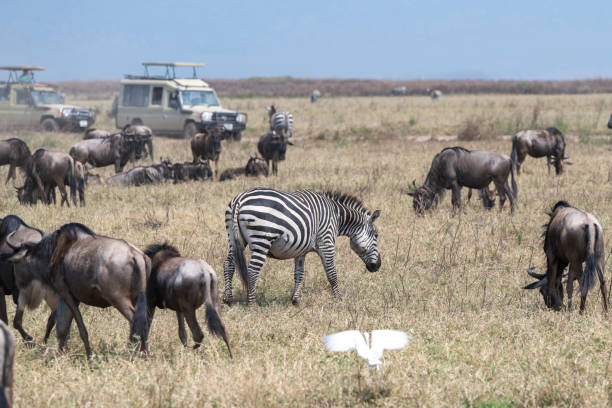
Wildlife in Ngorongoro Conservation Area
Ngorongoro is often referred to as a wildlife haven in Tanzania., Also, Ngorongoro Crater National Park is known to have numerous wildlife species in Tanzania. So, this makes it a perfect destination to visit as you have a marvel at the the natural enclosure of the crater.
Ngorongoro Conservation Area also supports a high density of animals throughout the year and Unlike other parks. Thee black rhinoceros for example is relatively easy to spot in the Ngorongoro Crater. other animals in Ngorongoro include;
- The Big Five animals in Tanzania: Spot lions, leopards, elephants, buffalos, and black rhinoceros in Ngorongoro National Park.
- Other Mammals in Ngorongoro NP includeWildebeests, zebras, Thomson’s and Grant’s gazelles, hippos, hyenas, jackals, elands, and warthogs.
- Tanzania Birdlife in Ngorongoro: over 500 recorded species, including flamingos, crowned cranes, ostriches, and secretary birds.
Top Tourist Attractions in Ngorongoro Conservation Area, Tanzania
Ngorongoro Crater National Park is filled with numerous tourist attractions in Tanzania. So, these make Ngorongoro Conservation Area a highlight of tourism in Tanzania.
- Ngorongoro Crater: This is the crown jewel of the park. The Ngorongoro Crater is a massive caldera that spans about 260 square kilometers. Also, it hosts a dense population of wildlife in Tanzania year-round.
- Olduvai Gorge: Often referred to as the “Cradle of Mankind,”. Olduvai Gorge holds crucial archaeological finds related to early human evolution.
- Empakaai Crater: A lesser-known but spectacular crater featuring a deep lake, lush forests, and excellent hiking opportunities.
- Olmoti Crater; Offers scenic hikes and a visit to the Munge Waterfall. Oloti Crater in Ngorongoro is characterised by fewer tourists and a peaceful ambiance.
- Lake Magadi (within the crater): A soda lake that attracts large flocks of flamingos and other bird species in Ngorongoro, Tanzania.
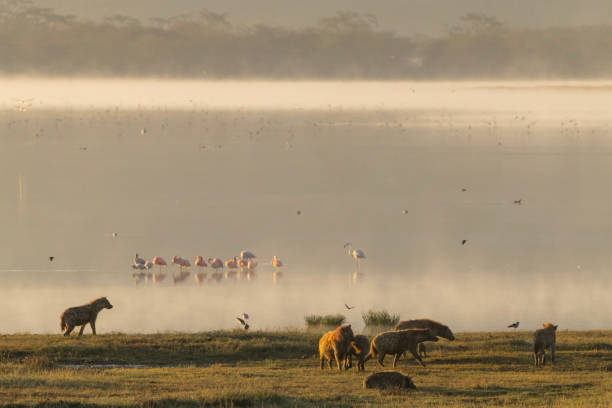
Safari Activities and Tanzania Things to Do in Ngorongoro
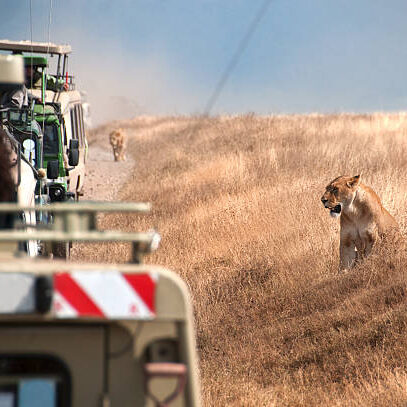
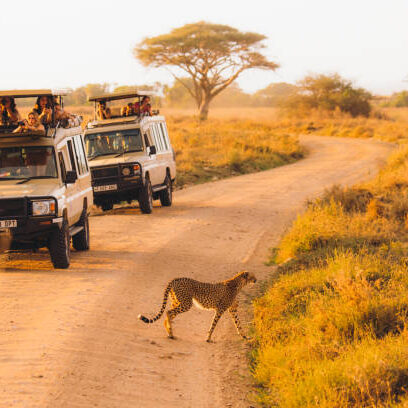
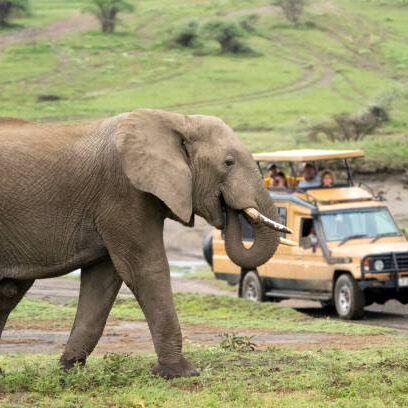
Ngorongoro National Park offers a wide range of safari Tanzania activities. So, some of these Tanzania things to do in Ngorongoro give the mind a thrill of adventure as they get to explore the national park. Lastly, these tourist attractions and activities in Ngorongoro Conservation Area include;
- Safari game drives: The highlight is a safari game drive in the Ngorongoro Crater, offering the chance to observe a high concentration of wildlife in a relatively small area. Game drives permit sightseers close encounters with the Ngorongoro’s abundant wildlife in Tanzania. Animals to spot in Ngorongoro during game drives include the Tanzania big 5, zebras, wildebeests, hyenas, jackals, hippos, antelopes and more
- Tanzania Big Five safaris in Ngorongoro: Ngorongoro Crater is one of the few places in Africa where it is feasible to spot all of the “Big Five” (lion, leopard, elephant, buffalo, and rhino) in one day.
- Tanzania bird watching is also practiced in Ngorongoro National Park, with over 500 types of birds recorded in the area. The birds found in Ngorongoro Conservation Area include flamingos, vultures, eagles and more.
- Cultural tours in Tanzania are also conducted, where visitors get to interact and learn from the Maasai people who live in the Ngorongoro Conservation area. So, they learn about their traditions and lifestyle hence getting more insights about Ngorongoro NP and Tanzania at large.
Other things to do in Ngorongoro
- Walking Safaris: With experience from Tanzania National Parks safari guides, sightseers get to have a guided walks around the rim or to less-visited areas like Empakaai Crater.
- Photographic Safaris in Ngorongoro: For those interested in Tanzania photo safaris, Ngorongoro offers this chance to have a photographic experience. So, have have shots of the dramatic landscapes, crater floor, and variety of animals which makes it a dream location for photographers.
- Hiking trips in Ngorongoro: Hikers can as well engage in hikes around Ngorongoro national park. So, they get to explore volcanic craters and surrounding hills on foot for a more immersive Ngorongoro Crater safari experience.
Nearby tourist attractions in Ngorongoro National Park include the Olduvai Gorge and Lake Ndutu, which are visited especially during the wildebeest migration Tanzania.
Main entry gates to Ngorongoro Conservation Area
Below are the main entry gates to Ngorongoro national park that sightseers should be a ware of. Note which entrance gate to use as you plan your wildlife trip to Ngorongoro Conservation Area in Tanzania.
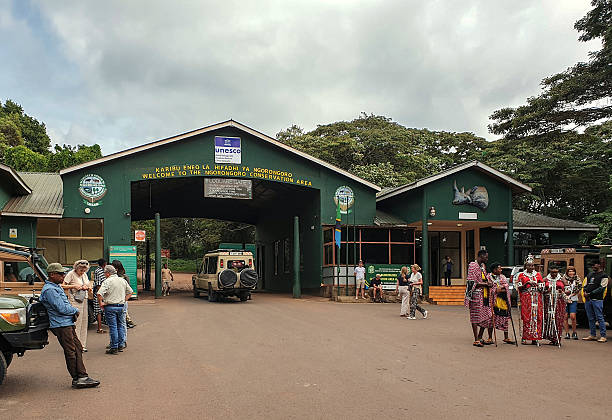
- Loduare Gate
- This is the Main Entry Gate near the town of Karatu, about 120 km from Arusha. Also, Loduare gate is the most commonly used gate by visitors entering the Ngorongoro Conservation Area.
- Naabi Hill Gate
- Located on the western side of Ngorongoro and is technically the exit gate from Ngorongoro NP into Serengeti National Park.
- Lemala Gate
- Locates on the Eastern side of the Ngorongoro Crater. Also, Lemala Gate is Lesser-used and usually accessed from Lake Natron or via remote routes.
Accommodation in Ngorongoro Conservation Area
Accommodation within and around Ngorongoro Conservation Area varies in budget, depending on preference and affordability. That is from budget campsites to world-class luxury Ngorongoro lodges. So, your Ngorongoro crater lodge price determines which class of comfort to suit you. Some of the best lodges in ngorongoro crater include the following.
- Ngorongoro Luxury lodges in Tanzania with stunning views overlooking the crater rim, include Ngorongoro Crater Lodge, AndBeyond Ngorongoro Crater Lodge, Neptune Ngorongoro Luxury Lodge.
- Mid-range lodges and Ngorongoro forest tented lodge camps such as Rhino Lodge and Ngorongoro Serena Safari Lodge, Ngorongoro Sopa Lodge, and Ngorongoro Wildlife Lodge with adequate facilities.
- For budget travelers, campsites and cheaper lodges can be found in the nearby town of Karatu, located just outside the Ngorongoro conservation area like Simba Campsite. Here, accommodation tends to be cheaper and still offers easy access to the Ngorongoro crater in Tanzania.
Ngorongoro crater tour prices for a Safari in Tanzania
In most cases, Ngorongoro Crater tour prices can vary widely depending on the tour operator, season, and level of comfort you opt for. So, it is important to be a ware of the different prices of items selected for your safari to Ngorongoro Conservation Area. Additionally, below are some of the Ngorongoro crater tour prices but note that these are not permanent prices and vary each season.
- Ngorongoro National Park Entrance Fee: Approximately $70 to $80 per adult per day (non-residents).
- Vehicle Entry Fee: Around $300 for a standard safari vehicle to descend into the crater.
- Guided Game Drives: Usually part of an all-inclusive Ngorongoro Crater safari package, ranging from $200 to $600+ per day depending on the level of luxury.
- Cultural Tours in Ngorongoro: May cost an additional $25 to $50 per person.
Walking Safaris: Often an add-on service, costing between $50 and $100 per walk and best for those who want a Ngorongoro crater day trip.
Featured Affordable luxury Ngorongoro crater safari tours and Packages
Tanzania National Parks Safaris and Tour Co. offers affordable luxury Ngorongoro Crater safari tours and bespoke itineraries. Note that all Ngorongoro crater lodge booking, transportation, meals, entrance fees and more are included in the final Ngorongoro safari price. Book a trip to Ngorongoro Conservation Area with us for a top experience tailored to your needs.
